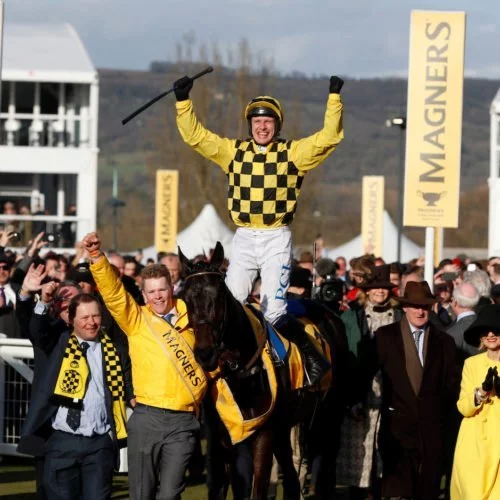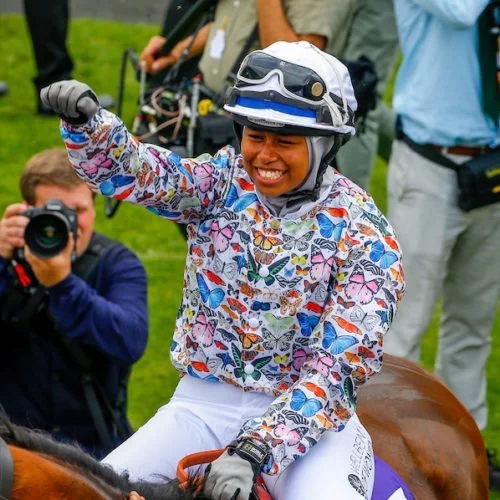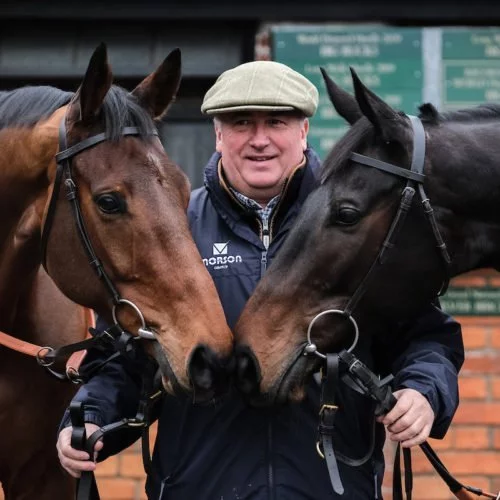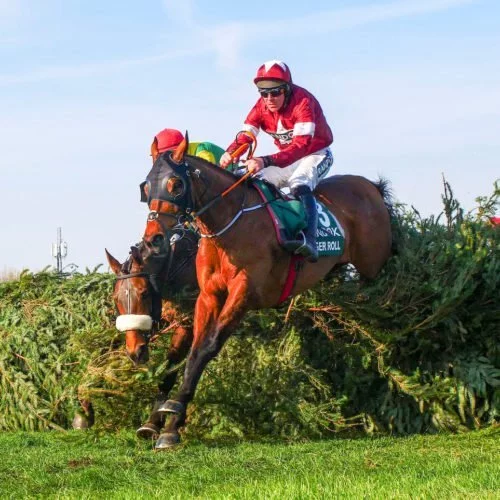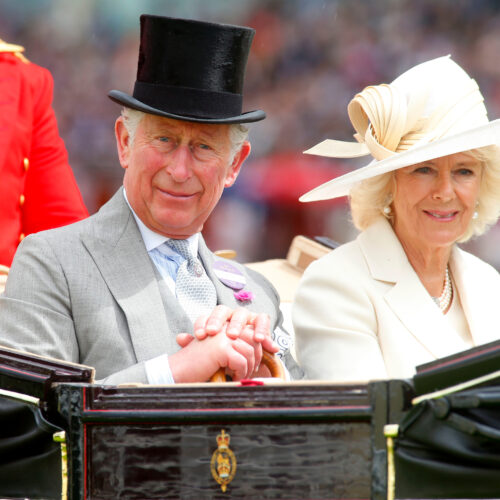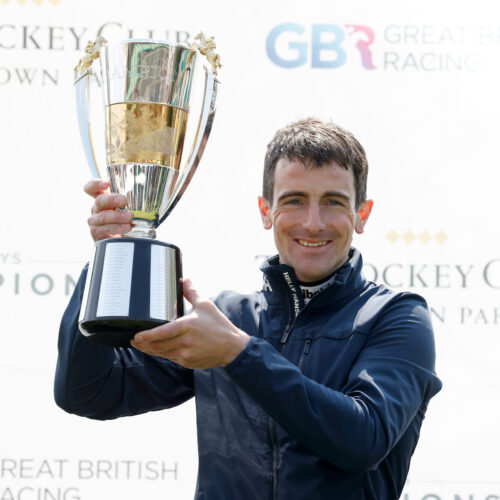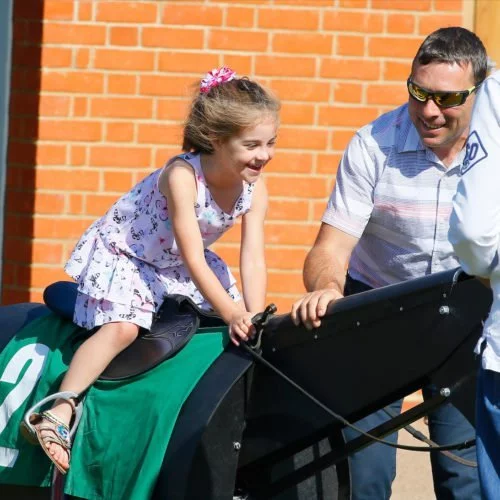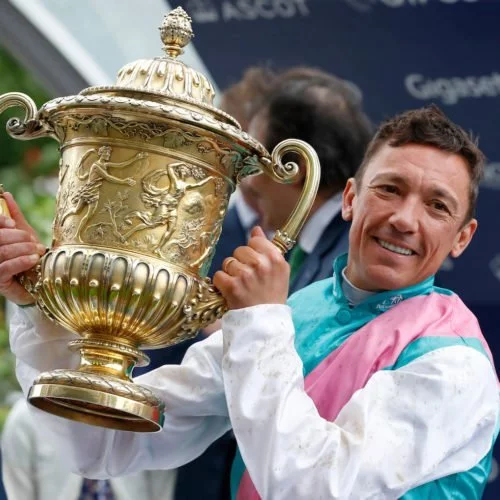The arrival of autumn has prompted racing’s annual switch of codes, with the Flat turf season drawing to a close and soon to be replaced by the main jumps action.
The two distinct codes are different in so many ways but similar in others with plenty of cross‐over. So what are the differences between Flat and Jumps and what are the similarities?
The big British Flat races are run in the summer, with the main season running between May and October and the all‐weather tracks taking over during the winter months. The jumps runs all year round but the core action takes place from October to April.
Although both, obviously, involve racing horses against each other they have quite differing origins.
Flat racing was championed by royalty when organised meetings started to take place in the 17th century and the term ‘Sport of Kings’ is still used to this day.
Jump racing, often called National Hunt racing, originated in Ireland where riders raced their horses from church steeple to church steeple jumping whatever was in their way. We still refer to races over fences as steeplechases.
Flat races are run over shorter distances than jumps races putting the emphasis more on speed, with stamina coming to the fore in National Hunt contests.
Jump racing
It’s called jumps racing for a reason. There are, in the main, two kinds of obstacles – hurdles and fences. The fences jumped in chases are made of birch twigs, sat upright in wooden frame allow a bit of give for horses brushing through the top.
The one track that differs is Aintree’s Grand National course. Those world‐famous fences, including Becher’s Brook and The Chair, are dressed in spruce to give them their unique look.
The hurdles jumped are based on the old sheep hurdles used by farmers. The wooden frames are padded to protect the horses and are filled by either birch or rubber.
There are some jumps races that have no obstacles. National Hunt Flat races, more often known as “bumpers”, are for young horses starting their racing careers. They are usually around two miles long ‐ the minimum distance for hurdles and chases.
Distances range from two miles right up to the four‐and‐a‐quarter miles of the Grand National.
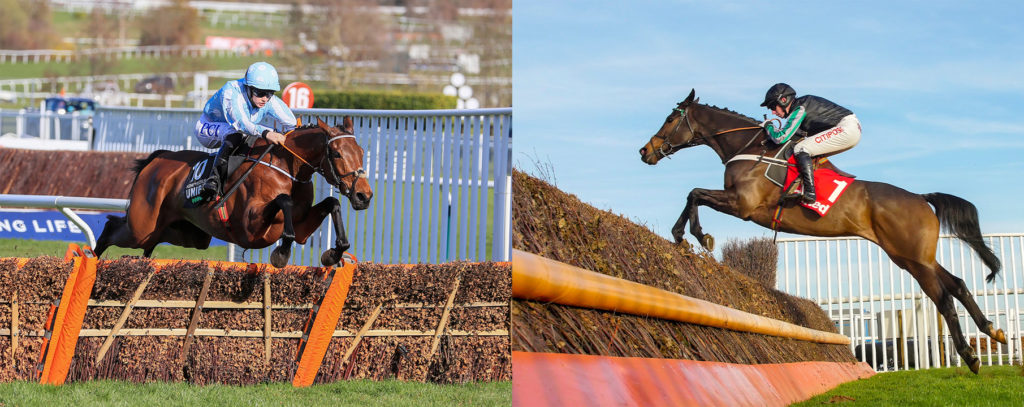
Many horses that run over jumps start off in point‐to‐points. These are amateur races, popular in Ireland and Britain, and often used as a schooling ground for young horses. They would then run in bumpers or over hurdles before progressing to steeplechases.
Some horses do stay over hurdles throughout their career. Istabraq is among those. He is one of the greatest hurdlers of all time winning three Champion Hurdles. Big Buck’s, winner of the Stayers’ Hurdle four times, is widely regarded as the best long distance hurdler.
The Cheltenham Festival, held over four days in mid‐March, is the biggest meeting of the year. As well as the Champion Hurdle and Stayers’ Hurdle, it also holds the Champion Chase and Cheltenham Gold Cup.
The Grand National is world famous. Held at Aintree in early‐April, it is watched by racing fans all over the globe. Red Rum is the only horse to have lifted the prize three times and he also twice finished runner‐up in his domination of the race in the 1970s.
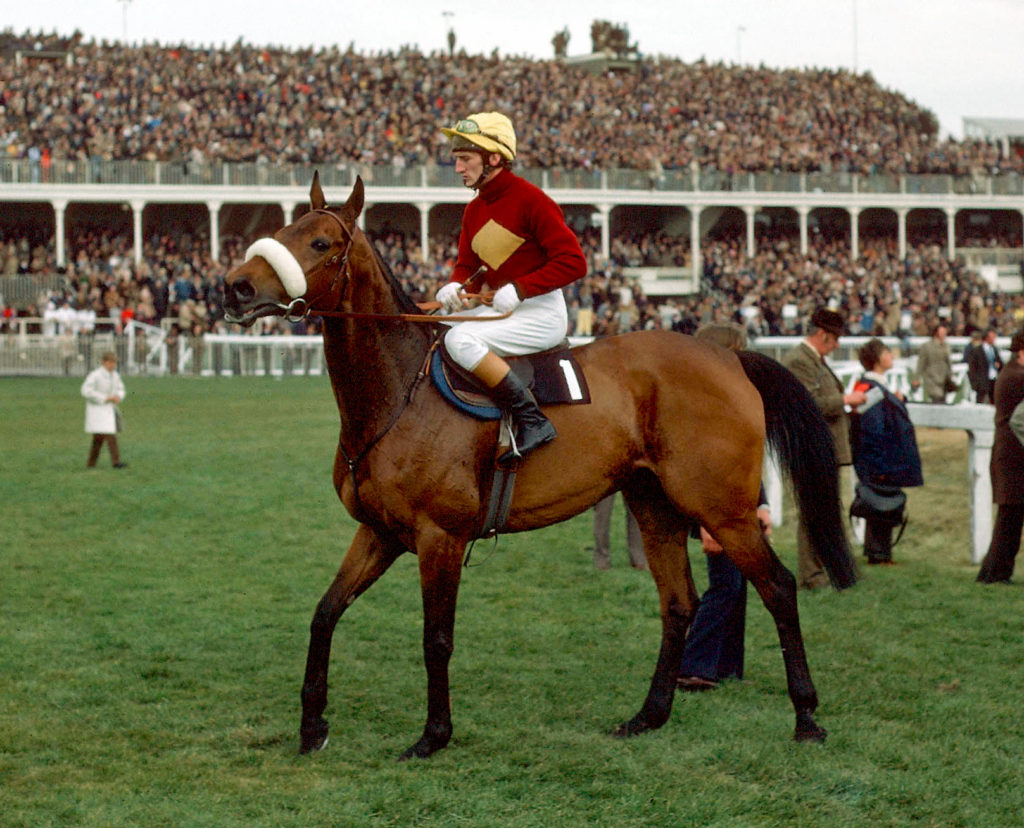
AP McCoy was champion jumps jockey an incredible 20 times. He is, undoubtedly, the most successful National Hunt jockey ever seen. Paul Nicholls is the current champion trainer. He’s won the jumps title 12 times but is still three behind Martin Pipe’s all‐time record.
Flat Racing
Some of the sporting highlights of the summer revolve around Flat Racing. Royal Ascot heads the social calendar with top‐class racing spread across five days in June.
York, Goodwood and Newmarket also hold popular summer festivals that all attract visitors outside of racing’s regulars. The Derby is another world‐renowned race. Held over a mile‐and‐a‐half at Epsom on the first Saturday in June, it is one of the five Classic races open exclusively for three‐year‐old horses.
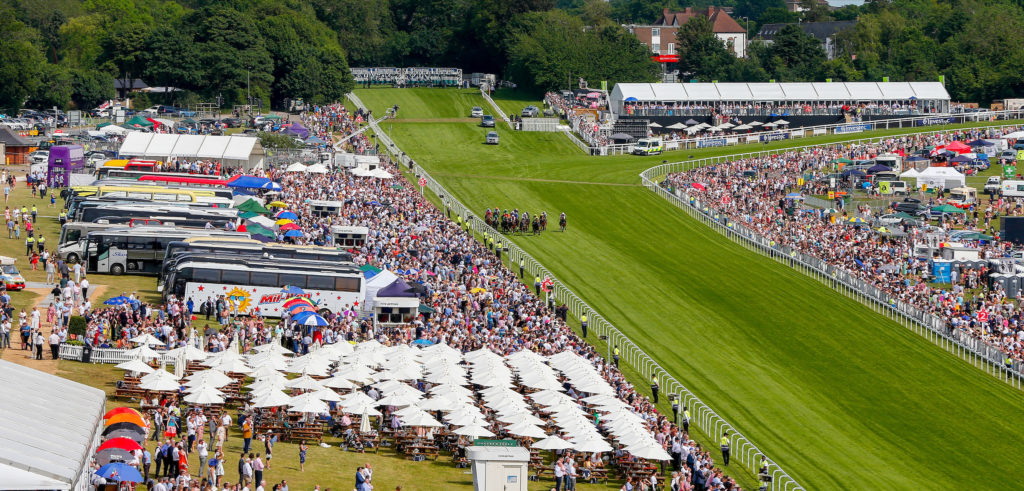
Flat horses start racing as two‐year‐olds and can go on as long as jumps horses, some of who race into their teens. The best Flat horses retire long before then to go off to stud, where champions can make their owners millions.
The shortest races are sprints run over five furlongs. There are eight furlongs in a mile so they are less than a third of the shortest jumps races and are often run in less than a minute. Recently‐retired Battaash was one of the great sprinters.
The longest Flat races are run over staying distances from a mile‐and‐three‐quarters to two‐and‐a‐half miles. The Gold Cup, run at Royal Ascot, is the most prestigious of the prizes for stayers.
There are five ‘Classics’, the first of which is the QIPCO 2000 Guineas which is open to male (colts) and female (fillies) horses over a mile then the next day is the QIPCO 1000 Guineas exclusively for fillies over the same distance.
Epsom hosts the next set of Classics with the Oaks which is for fillies and the Derby which is arguably the most prestigious of the five. The St Leger at Doncaster is the final and oldest Classic, the race dates back to 1776.
The best Flat races are known as Group 1s. Frankel won ten Group 1 prizes before retiring unbeaten ten years ago as one of the great British Flat horses.
The Flat season on turf culminates with QIPCO British Champions Day at Ascot in October. From November Flat racing takes place exclusively at all‐weather tracks.
The artificial surfaces allows racing to take place more regularly than turf tracks so all‐weather meetings are held throughout the year at Lingfield, Kempton, Chelmsford, Southwell, Wolverhampton and Newcastle.
One of the main differences between Flat and jumps is that Flat races are started from stalls, where jumps races use a ‘flip start’ when a strong elastic material is stretched across the track as a starting line.
Many horses run on the Flat before tackling jumps and some combine racing of both codes. They are different sports but also very similar at the same time.
More from Great British Racing

What’s On In July?
The top-class action comes thick and fast. It kicks off with the Group 1 Coral-Eclipse at Sandown and takes in Newmarket’s July Festival, Ascot’s King George Racing Weekend and the Qatar Goodwood...

Battle Underway In Open Apprentice Championship Race
The cream of Britain’s young Flat riders will battle it out over the course of the season to join the likes Ryan Moore, Tom Marquand, Oisin Murphy and Billy Loughnane on the...
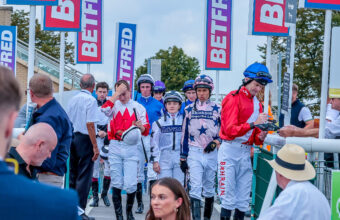
The Race is Off – Who Will Become the 2025 Champion Flat Jockey?
The race to be Champion Flat Jockey kicked off at Newmarket’s Guineas Festival. The country’s top riders will battle it out for the prestigious title over the next five-and-a-half months. Rossa Ryan...
